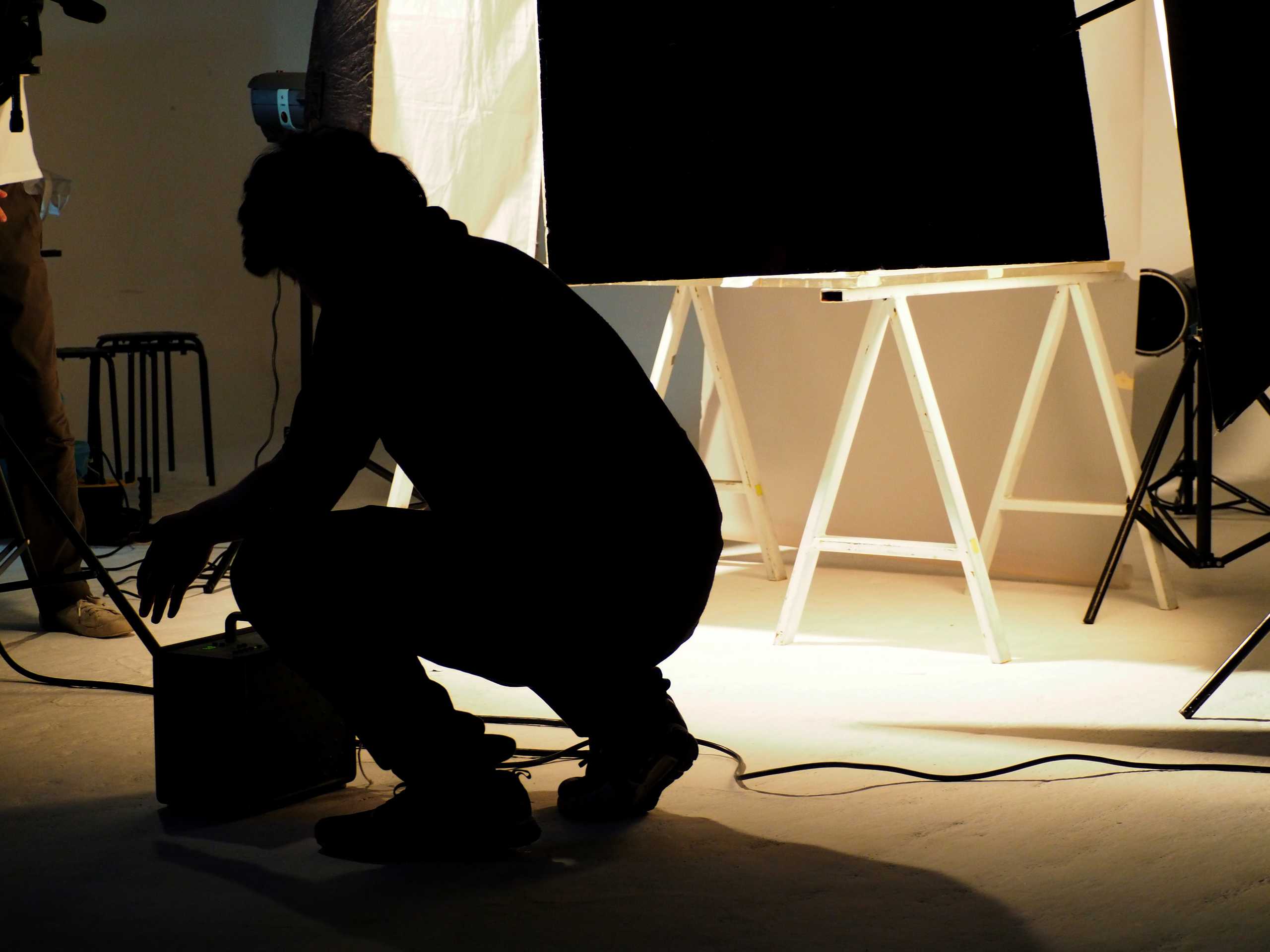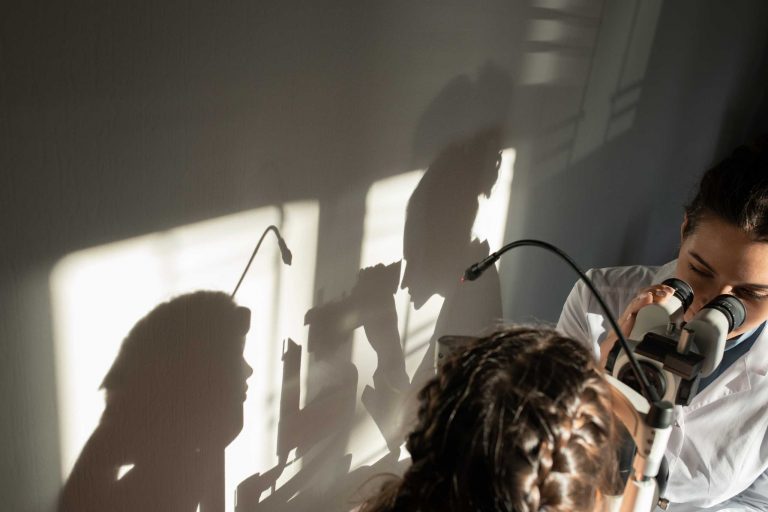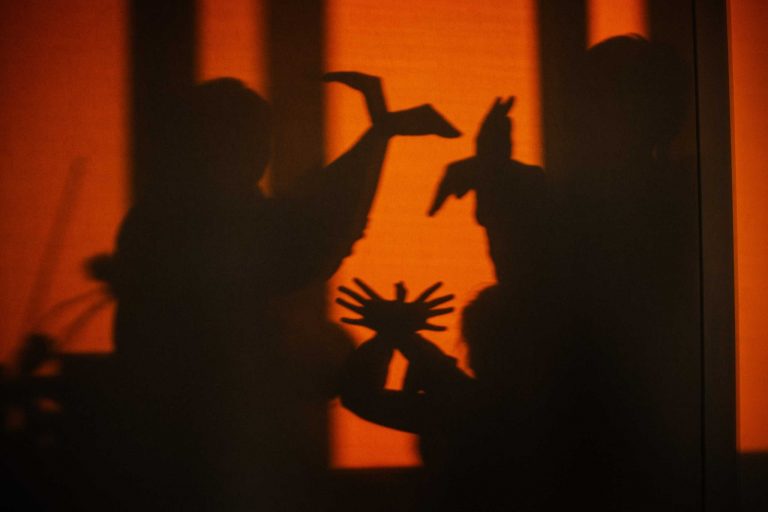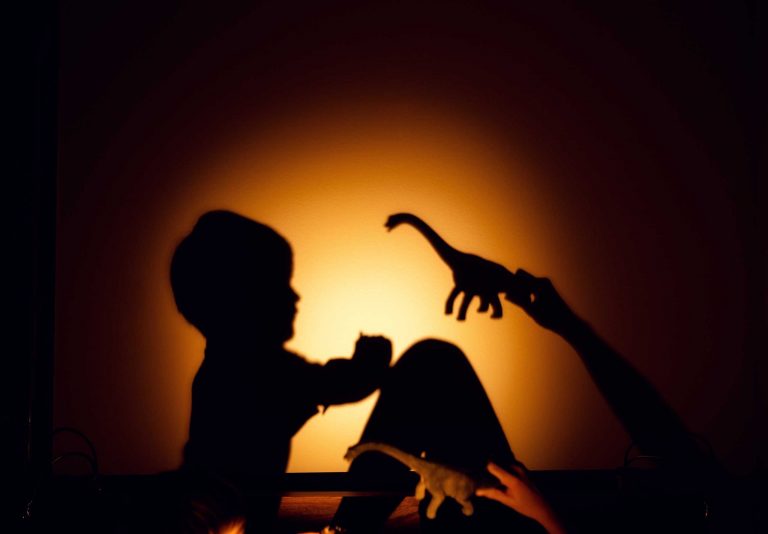The Performance Flow: Mastering Movement in Shadow Theatre
Shadow theatre is as much about movement as it is about light and puppetry. The flow of motion guides the audience’s emotions and creates rhythm in the storytelling. Mastering performance flow means blending precision with fluidity.
Why Movement Matters
Movement transforms static shadows into living stories. It controls pacing, highlights emotions, and helps communicate character intentions without words.
- Timing is Everything
Slow, deliberate motions build suspense or sorrow; quick, sharp movements express excitement or tension. - Smooth Transitions
Seamless changes between scenes and actions maintain audience immersion and narrative clarity.
Try This Exercise:
In front of a simple light source and screen, practice moving your hand or puppet slowly from left to right, then speed up. Notice how different speeds change the feeling of the scene.
Techniques to Enhance Flow
- Choreography of Shadows
Plan your movements carefully, like a dance, to tell a clear story. - Breath and Pause
Incorporate pauses to let moments sink in, and use breathing-like rhythms to give life. - Interaction Between Puppets
Coordinate puppet movements to show relationships — friendship, conflict, or harmony.
Challenges Performers Face
- Maintaining consistent shadow sharpness while moving.
- Avoiding accidental shadows or overlaps that confuse the story.
- Balancing speed and clarity to keep the audience engaged.
Performance Tip
Record your rehearsals to observe flow and discover spots that need smoothing or emphasis. Feedback helps you find your unique performance rhythm.
In Summary
Movement in shadow theatre is storytelling in motion — a silent dance that captivates, enchants, and moves audiences through the play of light and shadow.




